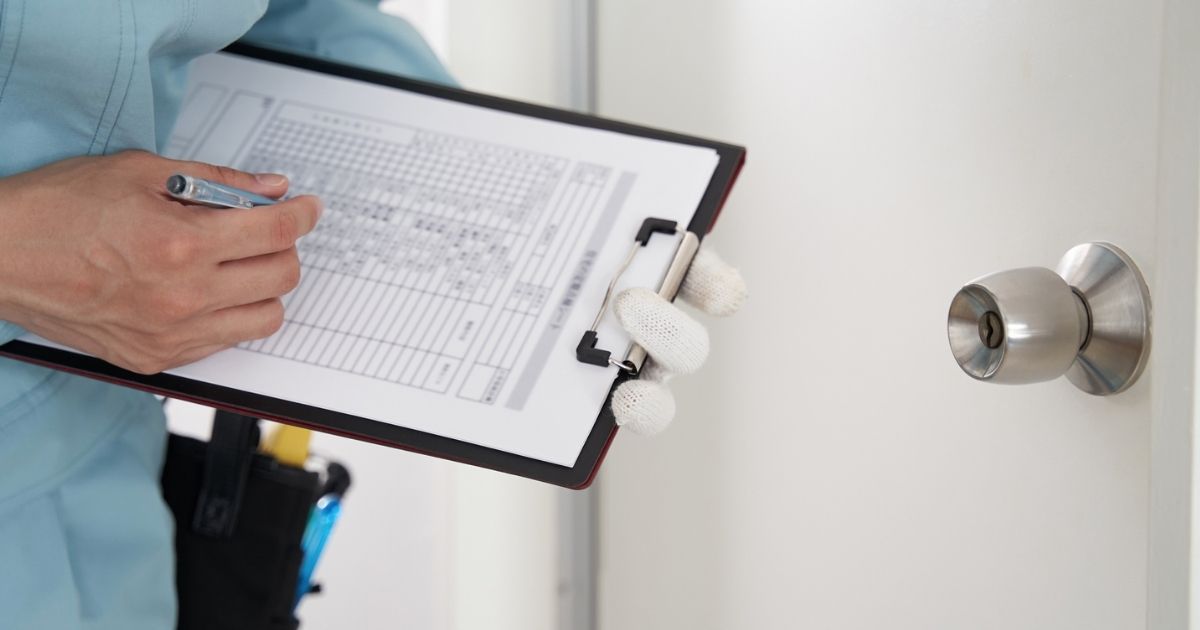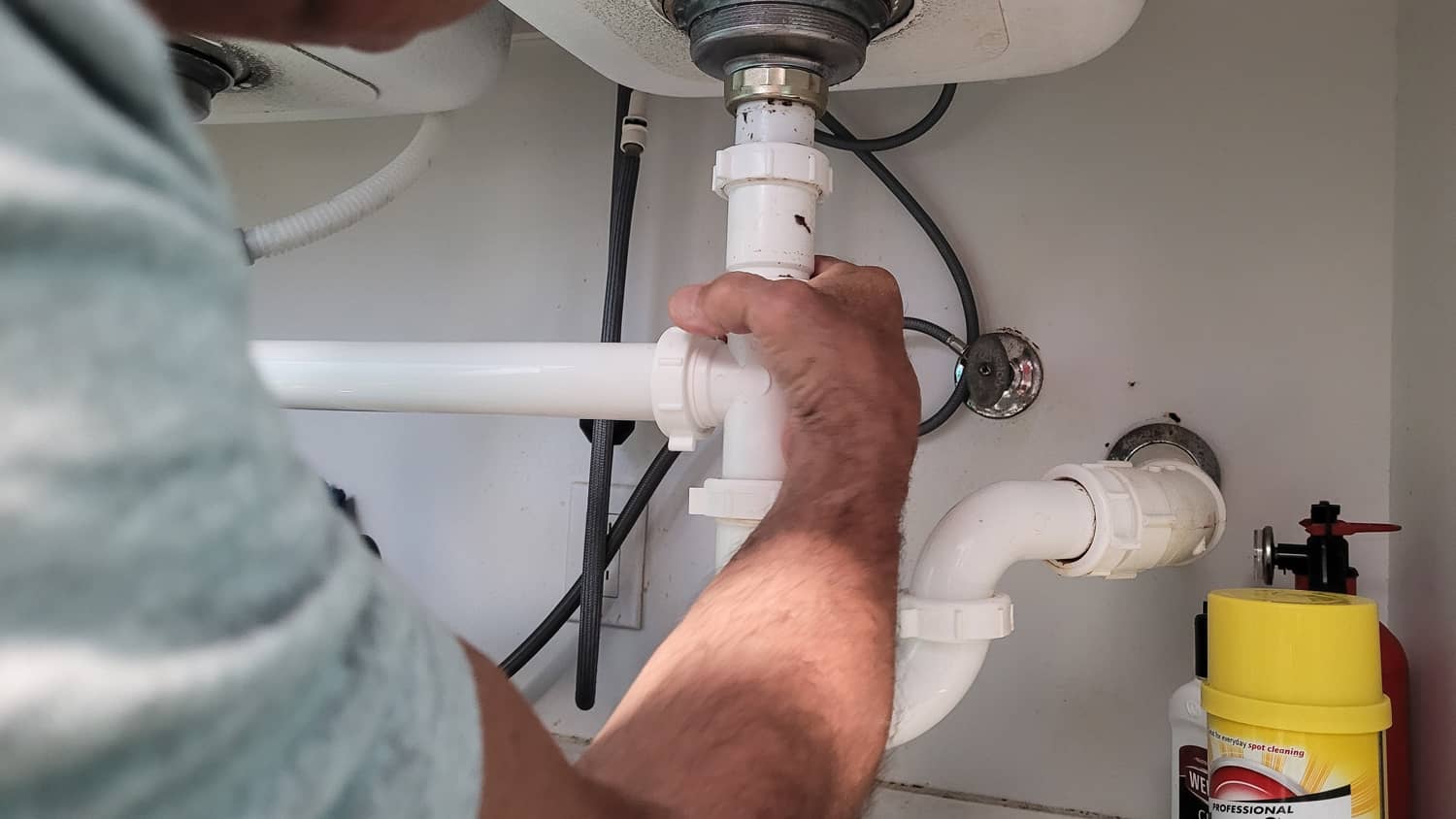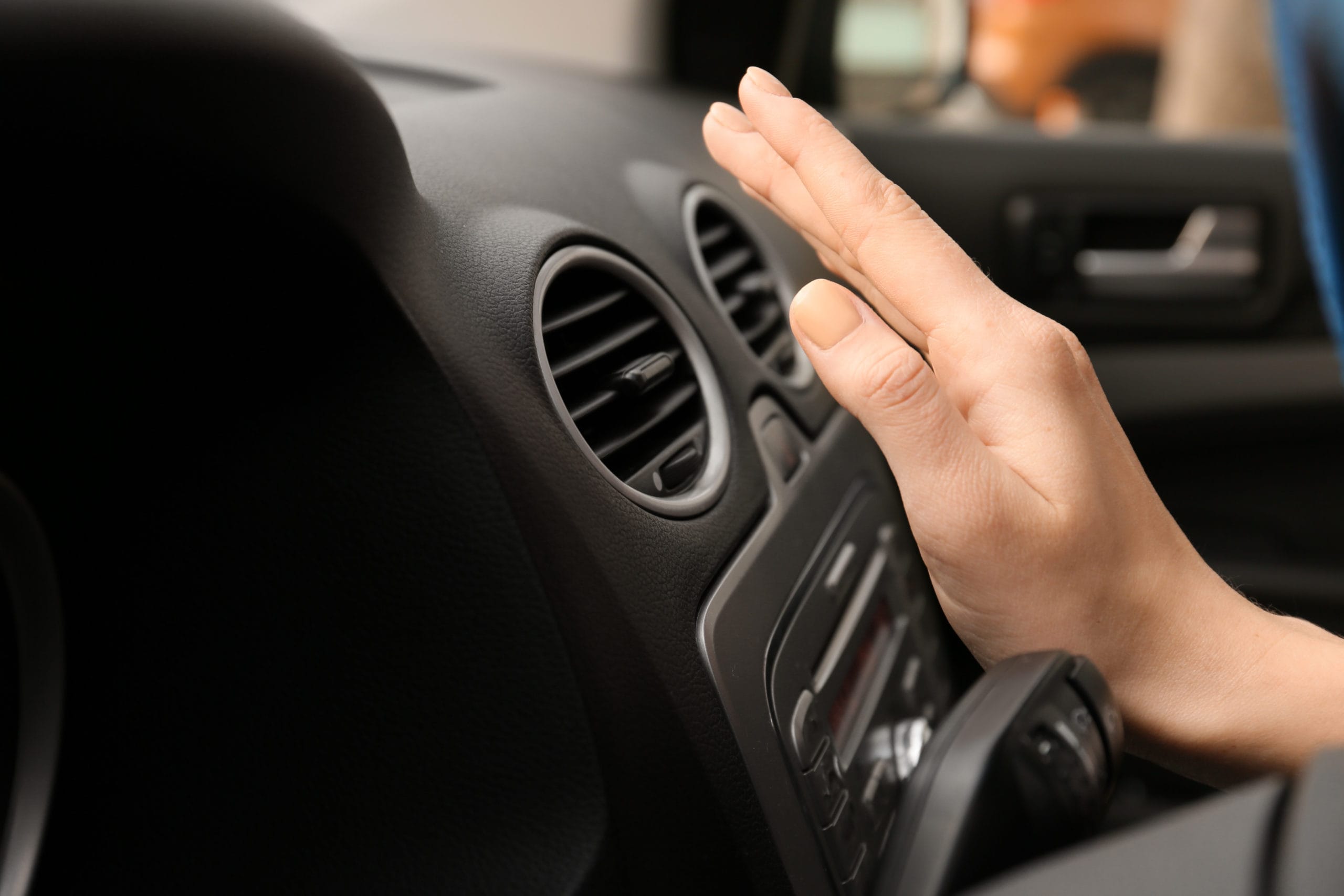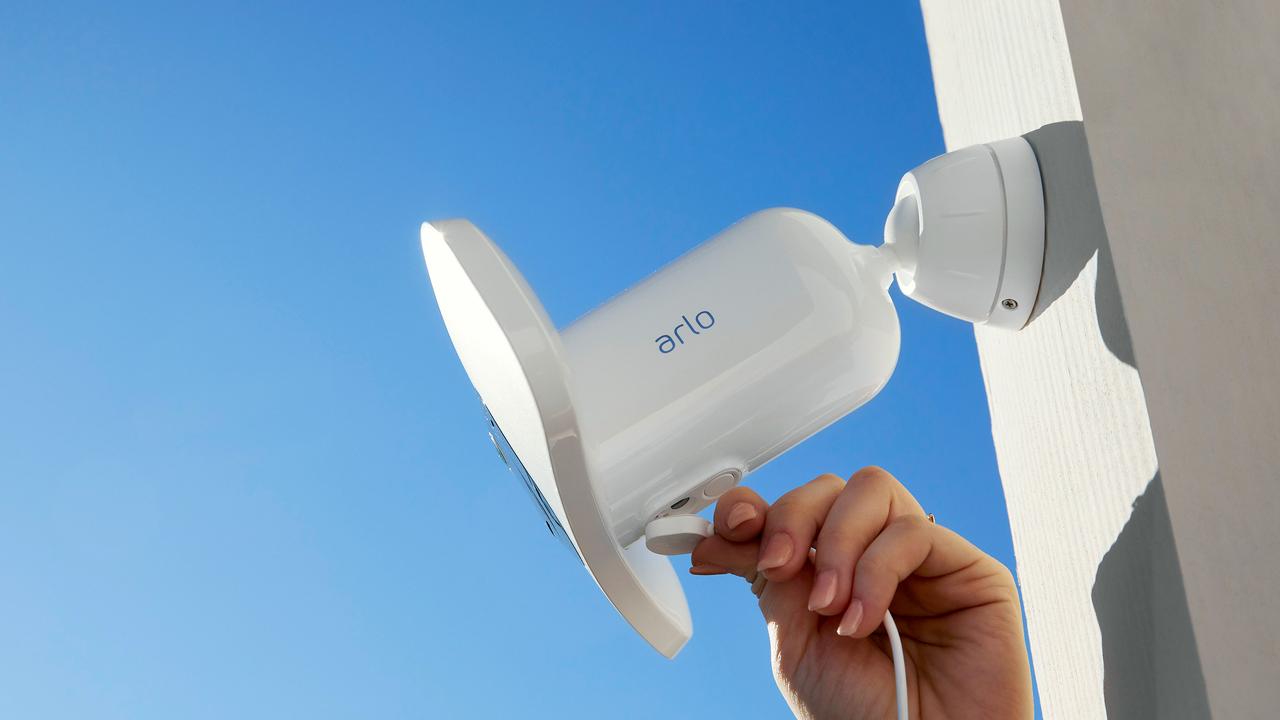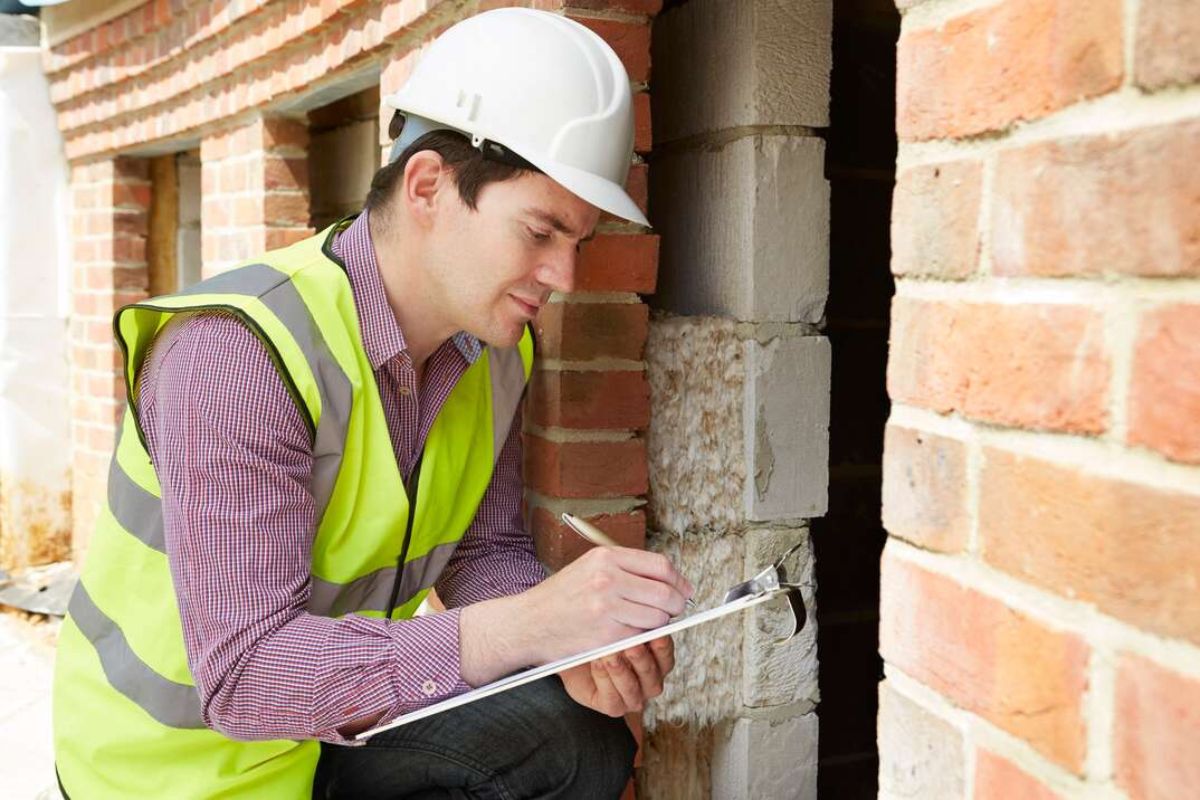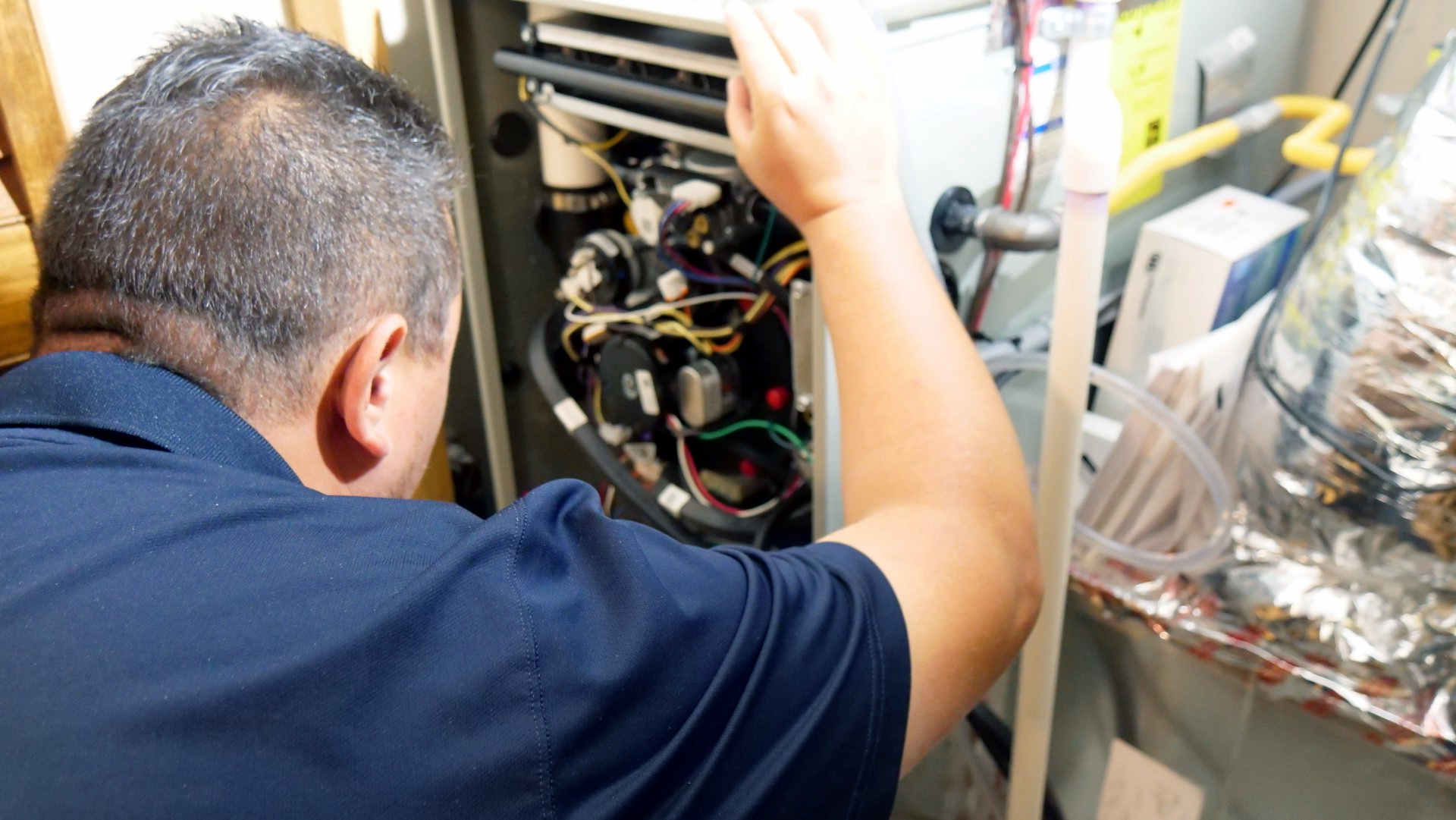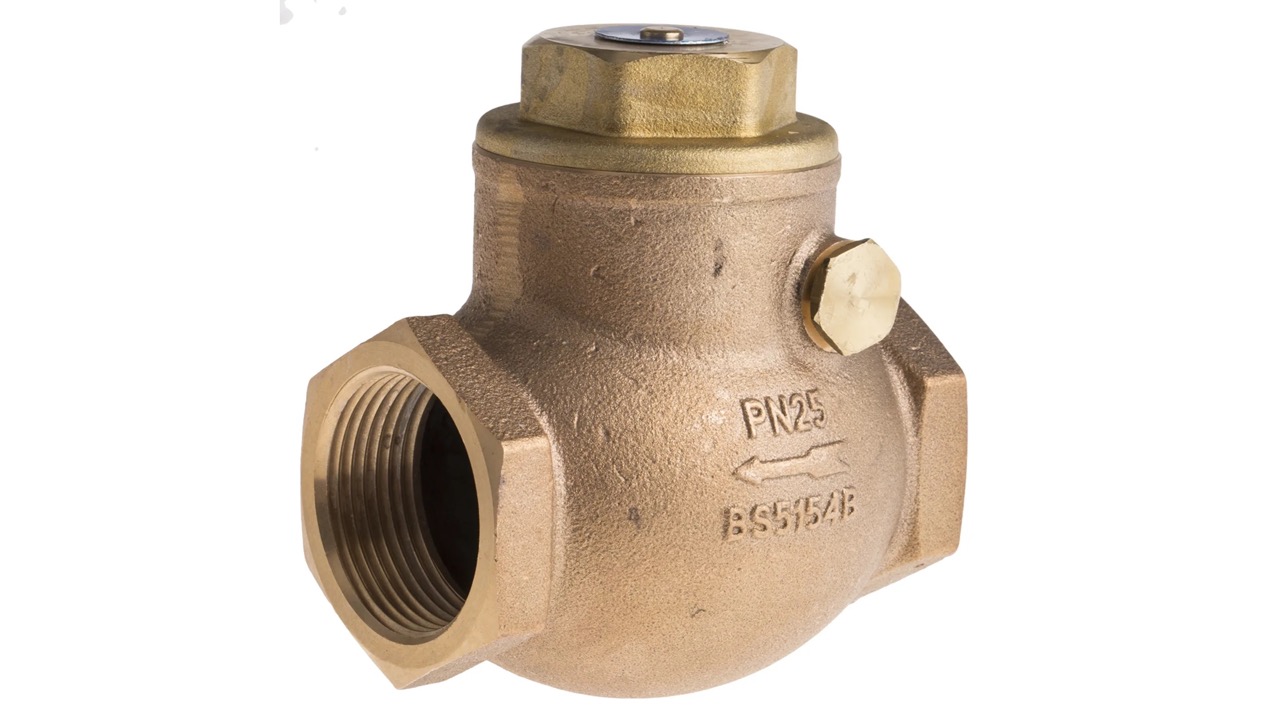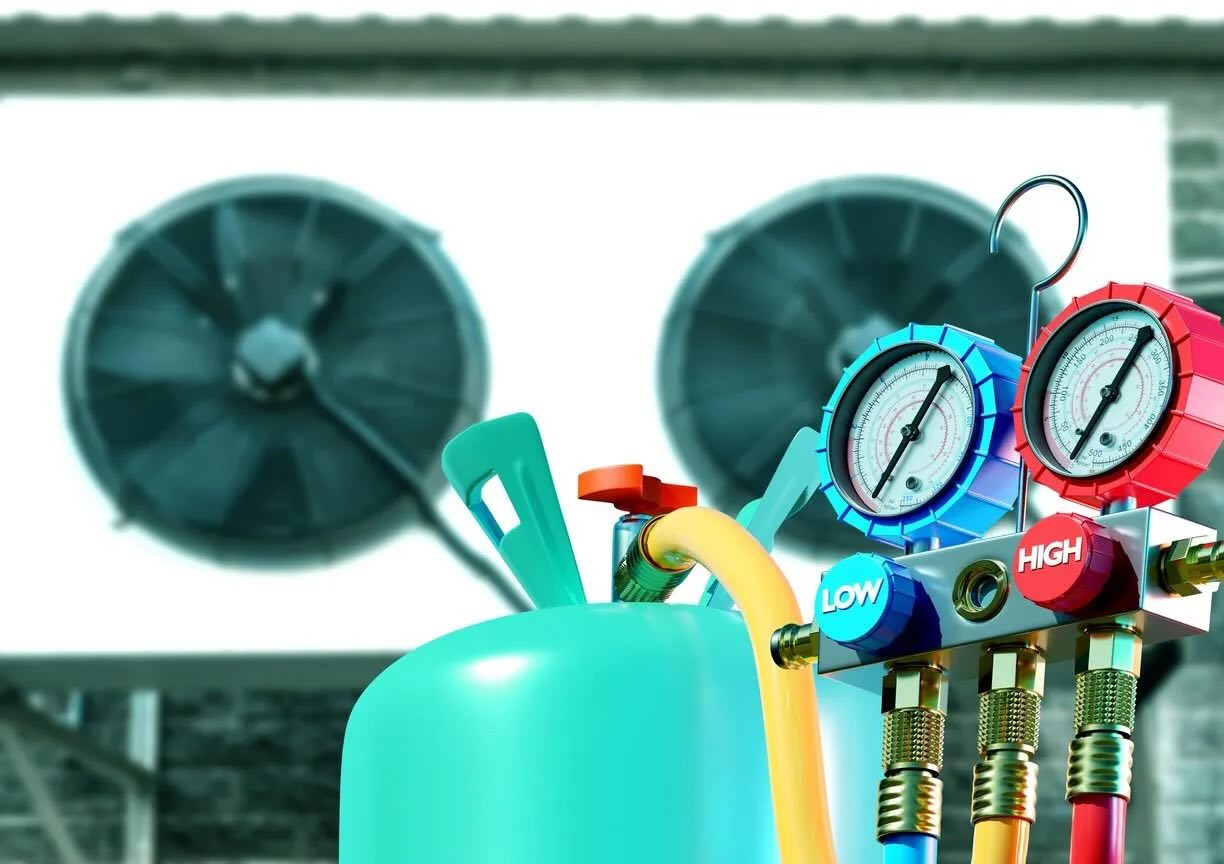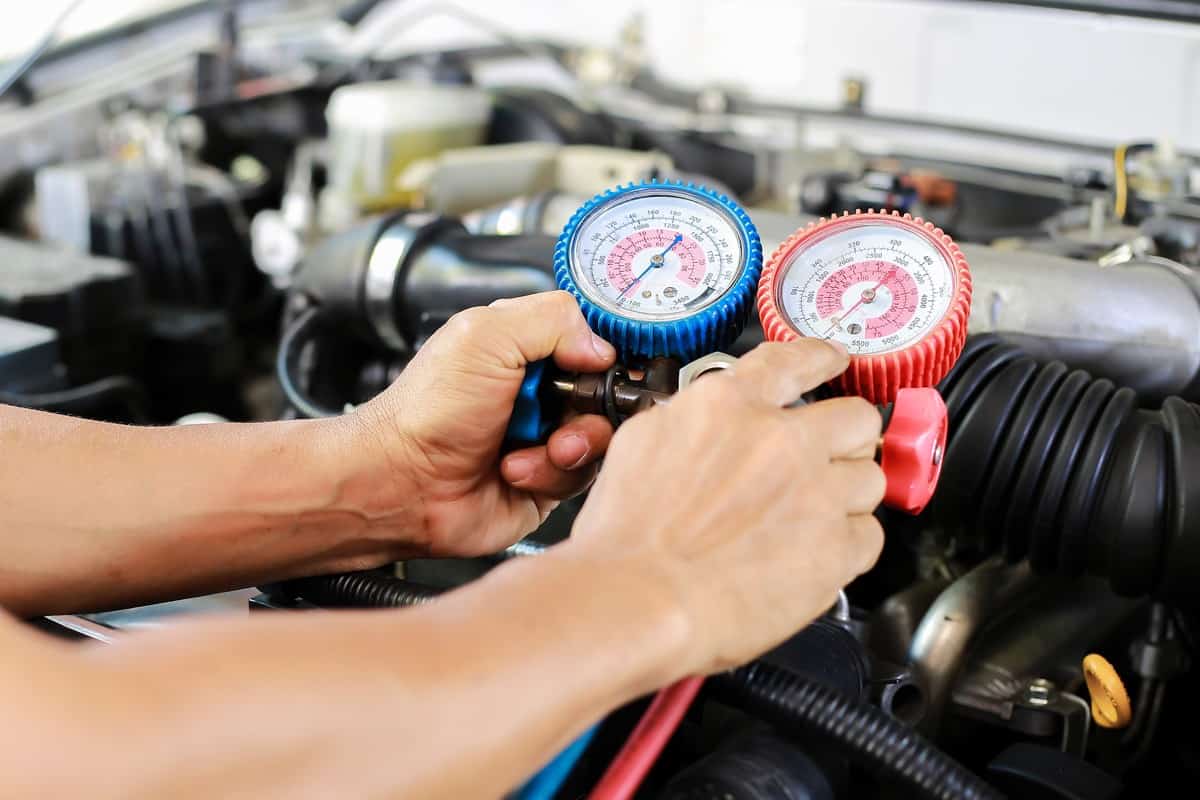Home>Home Maintenance>What To Check In A Home Maintenance Inspection
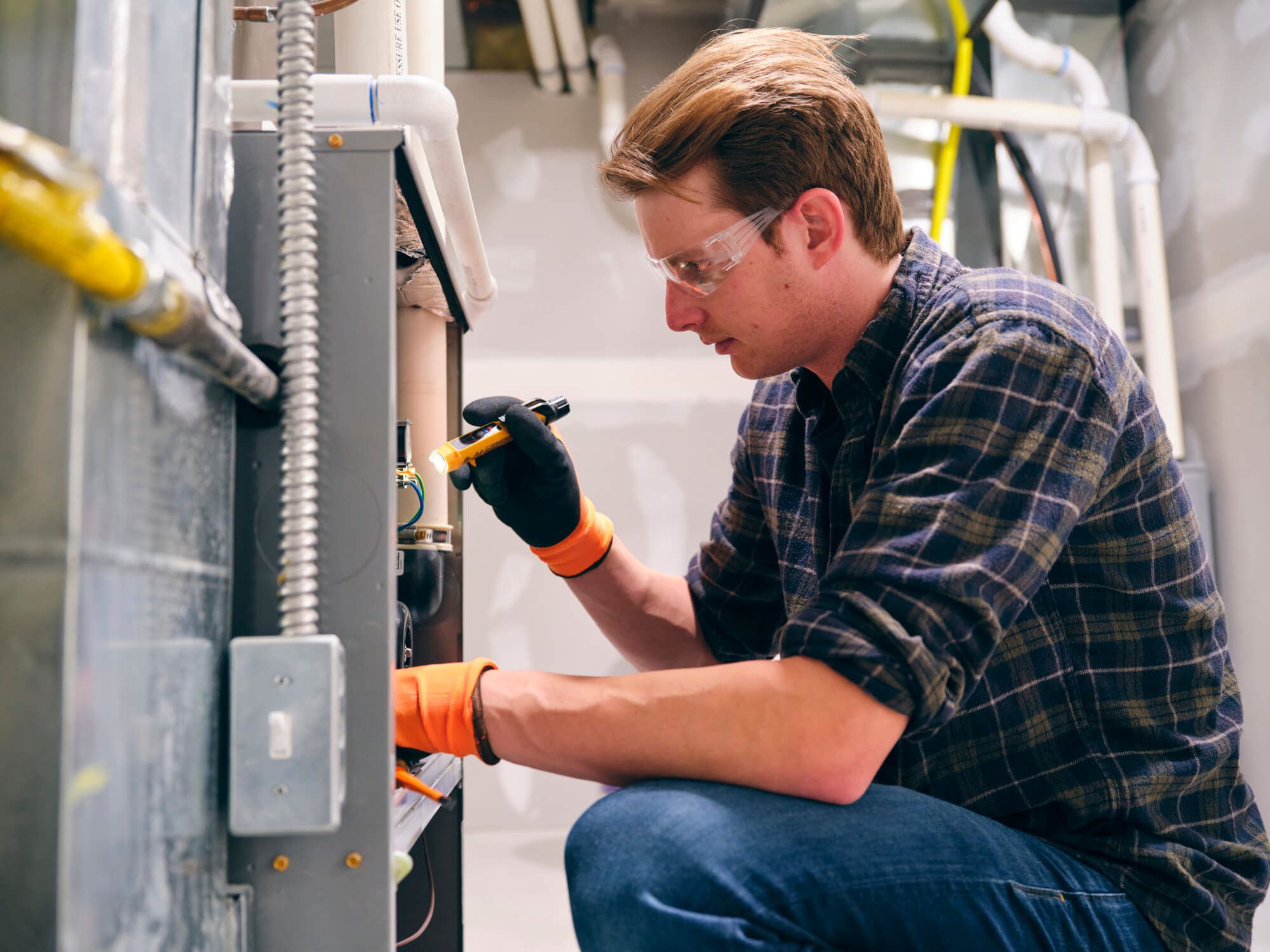

Home Maintenance
What To Check In A Home Maintenance Inspection
Modified: March 6, 2024
Ensure the safety and longevity of your home with a comprehensive maintenance inspection. From structural integrity to system functionality, our experts cover it all. Discover the peace of mind that comes with a well-maintained home.
(Many of the links in this article redirect to a specific reviewed product. Your purchase of these products through affiliate links helps to generate commission for Storables.com, at no extra cost. Learn more)
Introduction
Welcome to the world of home maintenance inspections! Whether you are a new homeowner or have been living in your home for years, regular inspections are essential to ensure that your property remains in tip-top shape. A thorough inspection can help you identify potential issues early on, saving you time, money, and headaches down the road.
In this article, we will guide you through the process of conducting a comprehensive home maintenance inspection. From the exterior to the interior, we will cover all the essential areas you need to check to keep your home in excellent condition. So grab your checklist and let’s get started!
Exterior Inspection:
The first part of your home maintenance inspection should focus on the exterior of your property. This will help you identify any issues that may affect the overall structure and appearance of your home.
Key Takeaways:
- Regular home maintenance inspections help you catch small issues early, saving time and money in the long run. Stay proactive to keep your home in excellent condition!
- Safety first! If you’re unsure about any inspection task, seek professional help. Keep records of maintenance for future reference and enjoy a well-maintained home.
Read more: How To Check A Dryer Vent
Roof:
Start by inspecting your roof for any signs of damage, such as missing shingles, cracked tiles, or leaks. Look for signs of wear and tear, such as sagging or clogged gutters. It’s also important to check the flashing around chimneys and vents to ensure they are properly sealed.
Gutters and Downspouts:
Clear debris from gutters and downspouts to ensure proper water drainage. Inspect them for any signs of damage or clogging that may prevent water from flowing freely away from your home’s foundation.
(Continued…)
Exterior Inspection
The first part of your home maintenance inspection should focus on the exterior of your property. This will help you identify any issues that may affect the overall structure and appearance of your home.
Key Takeaways:
- Regular home maintenance inspections help you catch small issues early, saving time and money in the long run. Stay proactive to keep your home in excellent condition!
- Safety first! If you’re unsure about any inspection task, seek professional help. Keep records of maintenance for future reference and enjoy a well-maintained home.
Read more: How To Check A Dryer Vent
Roof:
Start by inspecting your roof for any signs of damage, such as missing shingles, cracked tiles, or leaks. Look for signs of wear and tear, such as sagging or clogged gutters. It’s also important to check the flashing around chimneys and vents to ensure they are properly sealed. If you notice any issues, consider hiring a professional roofer for further assessment and repairs.
Gutters and Downspouts:
Clear debris from gutters and downspouts to ensure proper water drainage. Inspect them for any signs of damage or clogging that may prevent water from flowing freely away from your home’s foundation. Consider installing gutter guards to minimize the need for frequent cleaning.
Chimney:
If your home has a chimney, inspect it for signs of deterioration, such as crumbling bricks or damaged mortar. Ensure that the chimney cap is secure and free from debris to prevent water damage and wildlife intrusion. Additionally, have a professional chimney sweep inspect and clean the chimney annually to remove any creosote buildup and ensure safe operation.
Siding:
Check the condition of your home’s siding. Look for any cracks, holes, or signs of rot. Consider power washing the siding to remove dirt and debris. If you have wooden siding, inspect it for pest infestation and moisture damage. Repaint or refinish the siding as needed to protect it from the elements.
Windows and Doors:
Inspect windows and doors for any signs of damage or deterioration. Check for drafts or leaks around the edges and ensure that all locks, hinges, and screens are in good working condition. Consider adding weatherstripping or applying caulk to improve energy efficiency and prevent air leakage.
Foundation:
Examine the foundation of your home for any cracks, bulges, or signs of water damage. Look for unevenness in the ground around your property, which could indicate shifting or settling. If you notice any concerning issues with your foundation, it is recommended to consult a professional for further evaluation and repairs.
Driveway and Walkways:
Check your driveway and walkways for cracks, potholes, or uneven surfaces. These can pose tripping hazards and may worsen over time if not addressed. Fill any cracks or holes and consider sealing the driveway to protect it from further damage.
Landscaping:
Inspect your landscaping for overgrown vegetation, dead or damaged trees, and any signs of erosion. Trim any overhanging branches or shrubs that may be touching your home’s exterior. Properly maintain your lawn and garden to prevent weed growth and promote a healthy outdoor environment.
By thoroughly inspecting the exterior of your home and addressing any issues promptly, you can maintain its curb appeal and protect its structural integrity. Now that you have completed the exterior inspection, let’s move on to the interior inspection.
When conducting a home maintenance inspection, be sure to check for any signs of water damage, such as stains on the ceiling or walls, as this could indicate a potential issue with the roof or plumbing.
Interior Inspection
Now that we’ve covered the exterior inspection, let’s shift our focus to the interior of your home. This part of the inspection will help you identify any issues that may affect the functionality, safety, and comfort of your living spaces.
Read more: How To Make Money Off A Home Repair Check
Plumbing System:
Inspect your plumbing system for any leaks, drips, or signs of water damage. Check faucets, toilets, and showerheads for proper operation and any issues with water pressure. Test all drains to ensure they are clear and draining efficiently. Look for any signs of mold or mildew, as these can indicate hidden plumbing issues. If you are not confident in your plumbing inspection skills, it’s recommended to hire a licensed plumber for a more thorough evaluation.
Electrical System:
Check your electrical system for any signs of wear and tear, such as frayed wires, loose outlets, or flickering lights. Test all switches, outlets, and light fixtures to ensure they are functioning properly. Consider having an electrician inspect and update your electrical system if it is outdated or shows signs of potential hazards.
HVAC System:
Inspect your heating, ventilation, and air conditioning (HVAC) system to ensure it is running efficiently. Clean or replace air filters regularly and check for any signs of damage. Test the heating and cooling functions to make sure they are working effectively. Consider scheduling regular professional maintenance and servicing for your HVAC system to keep it in optimal condition throughout the year.
Walls and Ceilings:
Check the condition of your walls and ceilings for any cracks, water stains, or signs of damage. Ensure that all paint or wallpaper is intact and in good condition. Inspect for any signs of mold or mildew, as these can indicate underlying issues with moisture. Repair any minor damages, such as nail holes or dents, to keep your interior looking fresh and well-maintained.
Floors and Carpets:
Inspect your floors and carpets for any signs of wear and tear, stains, or damage. If you have hardwood floors, check for scratches or warping. Clean carpets regularly and consider professional cleaning for deep stains. Repair or replace any damaged flooring to maintain a safe and visually appealing interior.
Windows and Doors:
Examine all windows and doors for proper operation and any signs of damage. Check for drafts or leaks around the edges, and ensure that all locks, hinges, and seals are in good working condition. Replace any cracked glass or damaged frames. Consider installing weatherstripping to improve energy efficiency and reduce outside noise.
Kitchen and Appliances:
Inspect your kitchen for any issues with appliances, such as refrigerators, stoves, dishwashers, and microwaves. Check for any signs of leaks or faulty operation. Test all faucets, sinks, and garbage disposal units. Clean the kitchen thoroughly and ensure that all cabinets and drawers are in good condition.
Bathroom and Fixtures:
In the bathroom, check for any signs of leaks, water damage, or mold growth. Inspect faucets, sinks, toilets, and showerheads for proper operation. Look for any cracks or damage in the bathtub or shower enclosure. Clean or replace grout and caulk as needed to prevent water penetration and maintain a clean and sanitary environment.
Read more: How To Check Air Conditioner Capacitor
Attic and Insulation:
Inspect your attic for any signs of leaks, pests, or insulation issues. Look for any water stains on the ceilings or walls below the attic. Check the condition of insulation and ensure that it is properly installed and adequately covering the space. Consider adding or replacing insulation to improve energy efficiency and protect against temperature extremes.
Basement or Crawlspace:
If your home has a basement or crawlspace, inspect it for any signs of water intrusion, dampness, or mold growth. Check the condition of the walls, floor, and any exposed pipes or wiring. Look for any cracks or issues with the foundation. Install a sump pump if necessary to prevent water damage and keep the area dry.
By conducting a thorough interior inspection, you can address any issues promptly and ensure a safe, comfortable, and well-maintained home for you and your family. Now that we’ve completed the interior inspection, let’s wrap up our home maintenance inspection.
Conclusion
Congratulations, you’ve completed a comprehensive home maintenance inspection! By thoroughly examining both the exterior and interior of your home, you’ve taken a proactive step towards identifying and addressing potential issues before they escalate into costly problems.
Regular home maintenance inspections are essential for preserving the value and integrity of your property. They allow you to spot small issues early on and take appropriate action to prevent further damage. Whether you’re a new homeowner or have been living in your home for years, conducting regular inspections will help ensure that your home remains in excellent condition.
Remember, safety should always be a priority during the inspection process. If you encounter any hazards or feel uncomfortable handling a particular inspection task, it’s best to seek professional help. Hiring a qualified contractor or specialist can provide you with expert advice and ensure a thorough evaluation of your home.
Additionally, maintaining a record of your inspections and any maintenance or repairs conducted will help you stay organized and track the condition of your home over time. This will be particularly useful if you decide to sell your property in the future, as it can provide potential buyers with assurance of your home’s maintenance history.
Lastly, don’t forget to schedule regular maintenance tasks throughout the year to keep your home in top shape. This includes tasks such as cleaning gutters, servicing your HVAC system, and inspecting fire extinguishers and smoke detectors. By staying proactive and addressing issues promptly, you can enjoy a comfortable and well-maintained home for years to come.
Thank you for taking the time to learn about home maintenance inspections. We hope this guide has been informative and helpful in ensuring the longevity of your home. Happy inspecting!
Frequently Asked Questions about What To Check In A Home Maintenance Inspection
Was this page helpful?
At Storables.com, we guarantee accurate and reliable information. Our content, validated by Expert Board Contributors, is crafted following stringent Editorial Policies. We're committed to providing you with well-researched, expert-backed insights for all your informational needs.
